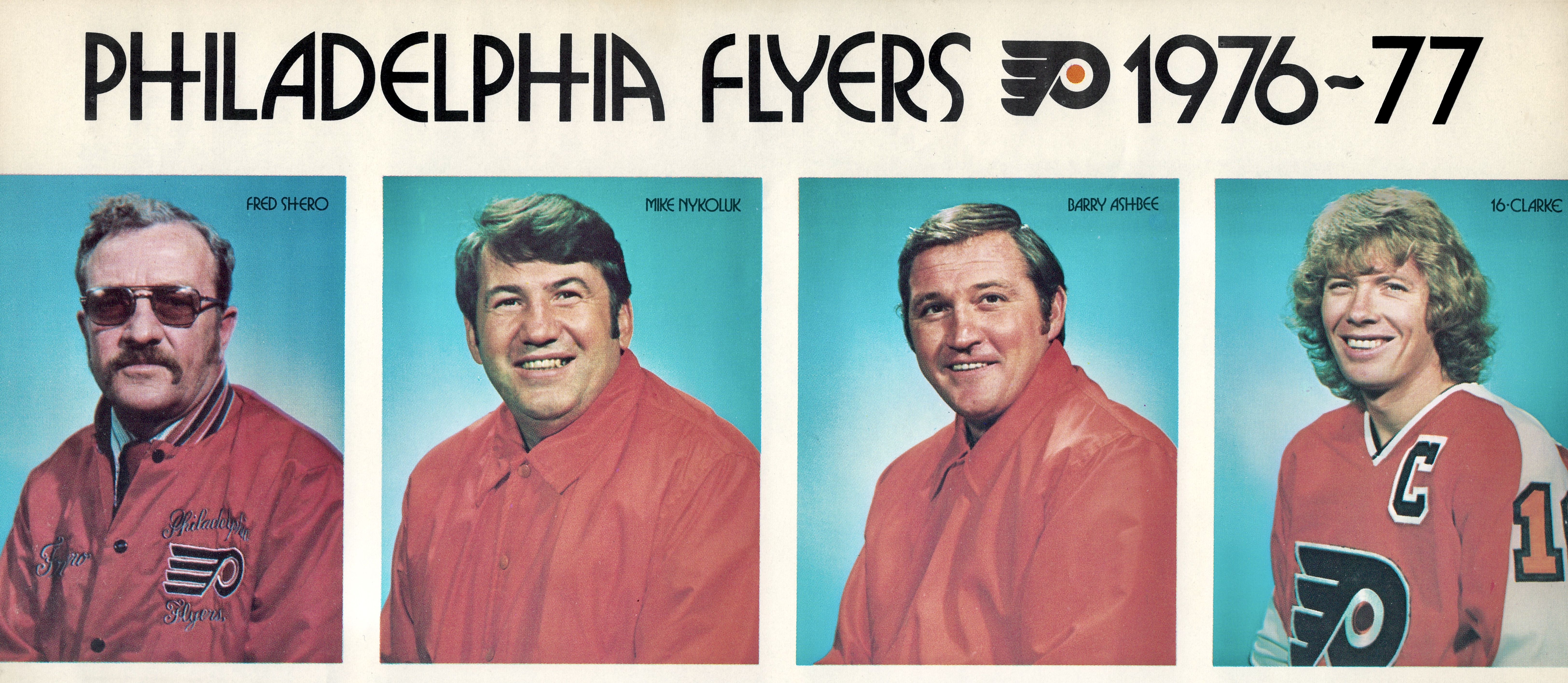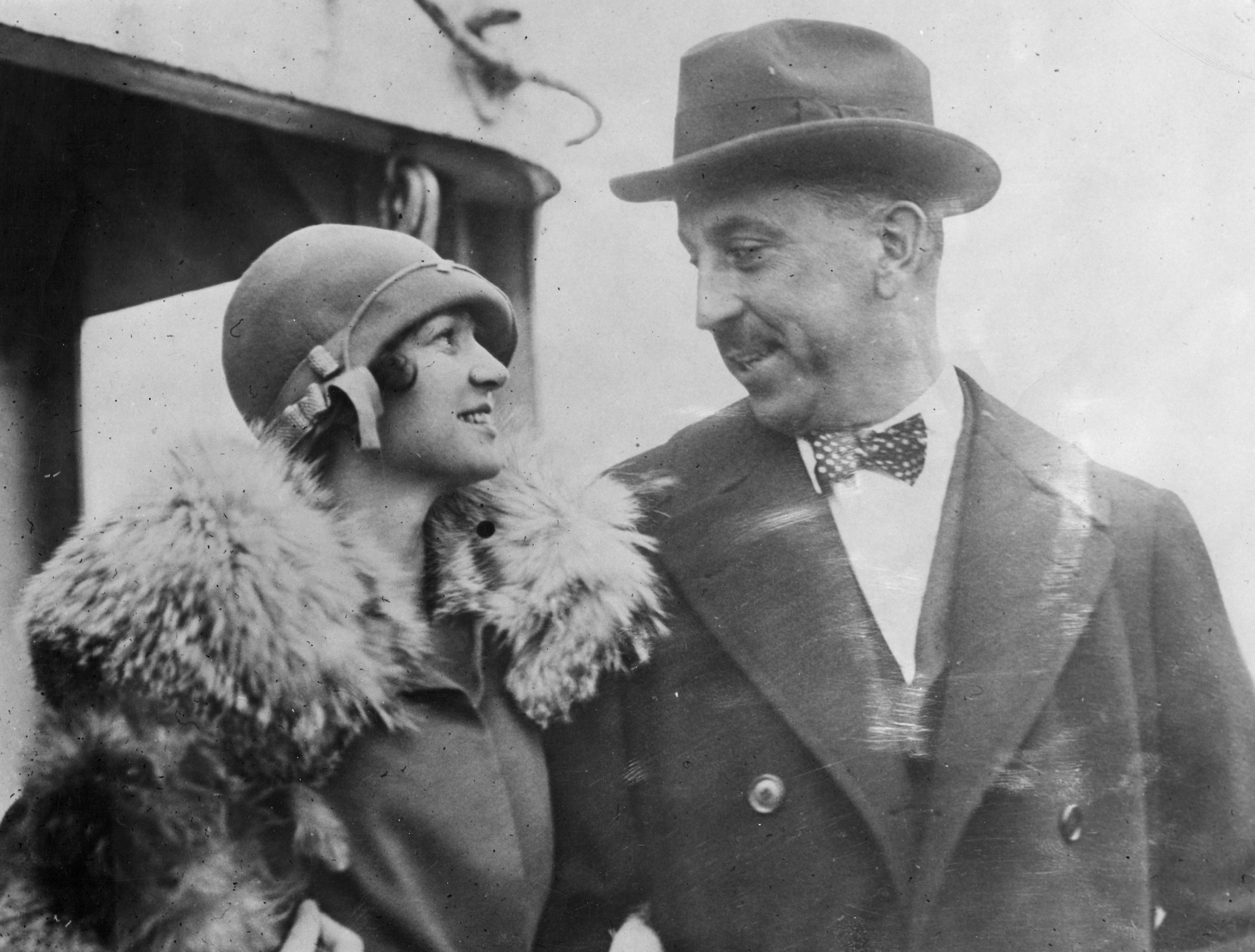
All of NHL History? Sportsnet was quick to tweet out the news last night. Others added the detail that the league has only been recording shift-times since 2009.
Jack Hughes was in it to … well, his team had to tie up the game last night in Newark before they could win it. In the end, Hughes’ New Jersey Devils ended up falling short: the visiting New York Islanders won the game 6-4. The Devils’ 21-year-old star centreman did give it his all, staying out on the ice as he hunted for goals — he also blocked a couple of Islander attempts on his team’s vacant net — for the final 6:02 of the game.
This looked exhausting.
It was also, as was quickly noted across social media, the longest shift in NHL history.
Well, not all 105 years of NHL history. As was also mentioned (mostly), in some of the breathless reporting, in brackets, and some small type, the NHL has only officially been logging shift-times for 13 years. The league’s PR office weighed in with the facts of the matter, for those who were interested: “Hughes recorded a 6:02 shift to conclude the game, marking the longest verified shift on record (since 2009-10), besting the previous benchmark of 5:52 by John Klingberg on Jan. 18, 2022 (Dallas Stars).”
Yeoman’s work, by any measure: a big bravo to Hughes, his stamina, and coach Lindy Ruff’s confidence in him. Also, inevitably, because it’s what happens here, we’re now going to have to harken back to the league’s first decades to recall that in those years players habitually stayed on the ice for entire games without relief.
These feats are, yes, unverified: nobody in the 1920s was recording the duration of shifts and filing them numbers with the NHL. It’s true, too, that rosters were smaller in those years, and certainly the tempo and overall tenor of the game was much different than it is today. We’ll add that to the mix. Still, the endurance of these earlier NHLers is remarkable, nonetheless. Be warned: just reading about them you risk ending up on the IR, or at the very least in need of a nap.
Newspapers from those years tell of many players who toiled without respite for their teams. Clem Loughlin was coaching the Chicago Black Hawks in 1936 when he reached back to remember his playing days a decade earlier. “It was customary,” he wrote then, “for a defense man in those days to play the entire game. There was no such system of changing men to allow them rest as there is now.”
“60-minute men,” they used to call them. While they were common enough before the NHL came along, that’s the league we’ll concentrate on here. The term is one you’ll come across often in the hockey archives once the league got going in 1917, associated with defencemen like Sprague Cleghorn and Herb Gardiner. In 1929, anchoring the blueline for the New York Rangers in a 5-5 tie with the Detroit Cougars that was extended by a ten-minute overtime, Ching Johnson was reported to have played 68 of the game’s 70 minutes alongside Leo Bourgeault, who played 64. The only time they missed was when they were serving penalties.
Lionel Conacher was in his early 30s when he was logging full games for the Montreal Maroons in the early 1930s.
The latest evidence of a 60-minute game that I’ve come across — that is, the most recent — isn’t from the NHL, though it involves a future Hall-of-Famer: in 1961, playing for the Junior A Canadiens, Jacques Laperriere played an entire game on defence against the St. Catharines Teepees.
Dogged non-defencemen of the day include Frank Frederickson, a hero of Canada’s 1920 Olympic team, who in 1928 was traded by the Boston Bruins to the Pittsburgh Pirates. “His stamina is remarkable,” the Pittsburgh Post-Gazette advised its readers, “and he has played 50 of the 60 minutes comprising a championship game, a remarkable record for a forward.”

Frankly Speaking: In 1924, Nighbor won the very first Hart Trophy as the NHL’s MVP. A year later, he was awarded the inaugural Lady Byng Trophy.
It’s another superlative centreman I’d prefer to illuminate, Frank Nighbor, a favourite of ours here at Puckstruck, and a player whose name, we continue to believe, deserves to be better known.
It’s the early 1920s we’re focussing on here, when Nighbor was in his late 20s, and his prime as a graceful and supremely skilled defensive forward coincided with the heyday of the (original) Ottawa Senators. Starting in 1920, they won three Stanley Cup championships in four years — and returned in 1927 to collect another.
Through it all, Nighbor played a lot.
Take for a sampler a game in March of 1920 when Ottawa, dressing just seven skaters, beat the Canadiens 4-3 in Montreal. “Nighbor played the entire game,” the Citizen reported, “taking desperate chances.” He scored a hattrick, including the game-winner in overtime.
Sometimes, Nighbor’s teammates joined him in just keeping going. When Ottawa beat Montreal 2-0 at home in January of 1921, Georges Boucher, Eddie Gerard, Nighbor, Jack Darragh, and Cy Denneny lined up in front of goaltender Clint Benedict to start the game. As the Citizen noted, only Denneny took a break, giving way in the third period to Jack MacKell. “All the others played from start to finish without relief.”
By the following year, the man they called the Pembroke Peach had upped the ante. “Nighbor played another remarkable game for Ottawa,” the Montreal Daily Star testified after the Senators downed the Toronto St. Patricks 2-1 at home, “as he went the entire 60 minutes without relief.”
But then, at that point, seven games into the season, Nighbor had played every minute but two that the Senators had played — he’d been penalized for tripping in the previous game. He was, the Citizen proclaimed, “making history.” I haven’t got solid intel on whether he carried on with this consistency for the rest of Ottawa’s 32 regular-season and playoff games that season, but I’m not sure I’d bet against him.
Nighbor was back at it the following year, too. Good to know, I guess, that local observers weren’t taking it entirely for granted. We’ll end with this concerned nod from the Ottawa Journal from January of 1924:





















